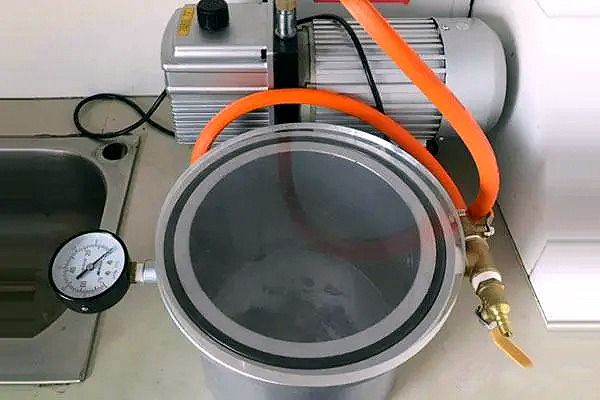How to make jewelry molds with transparent silicone rubber?
The mold made of transparent liquid silicone rubber has very low shrinkage and considerable transparency, which is an ideal material for making jewelry ornaments. The following records the process flow of turning ring ornaments with transparent silicone rubber for beginners to learn from.
Tools and materials before making silicone jewelry molds
1. Transparent liquid silicone: the jewelry mold must have the hardness that can withstand strong pressure and a certain degree of durability. It is recommended to choose 35 to 40 shore a hardness.
2. Release agent: promote the separation and release effect after curing.
3. Ring model.
4. Aluminum formwork.
5. 502 glue: used to fix the ring master mold.
6. Vacuum deaerator: used to remove bubbles.
Production steps of making jewelry silicone molding
1. Prepare the ring master mold, clean it and dry it.
![]()
2. Since the ring is easy to float after the liquid translucent silicone rubber is poured in, use 502 glue to fix the master mold of the ring on the aluminum plate. Note that the liquid silicone should be poured after the 502 glue is cured (it is recommended to wait 10-15 minutes), otherwise the liquid silicone will not be cured.
![]()
3. Evenly apply the release agent on the formwork.
![]()
4. Weigh the silicone A and silicone B according right mix ratio. If silicone A is very viscous that it is difficult to operate, it can be scraped out with chopsticks.
![]()
5. Mix the silicone A and silicone B and stir evenly.If the silicone A and B mixture is not fully mixed in this process, the liquid silicone rubber will not solidify and will be scrapped.
![]()
6. Put the stirred silicone rubber AB into the vacuum deaerator for removing bubbles. If the transparent liquid silicone rubber is very thick, the silicone mold made without vacuuming will have many bubbles. As the liquid silicone will spill up sharply at 1 atmospheric pressure of the vacuum machine, the container height must be high enough to ensure no overflow.

7. After removing the bubbles, you can pour the transparent liquid silicone into the mold. After pouring, you can see that there are still a small number of bubbles. Generally speaking, these small bubbles can disappear naturally before curing, because the silicone rubber takes a long time to operate. Of course, you can also use a hair dryer to blow it off. Here, I use a toothpick to remove it.
![]()
![]()
8. Generally, it will be cured at 24 hours, which is related to the temperature. If you want to be quick, you can also put it into the oven to raise the temperature by 60℃ - 80 ℃ for 1-2 hours to cure. However, the temperature rise should wait until the bubbles are eliminated, otherwise there will be bubbles left which will affect the silicone mold’s appearance and quality.
![]()
9. After curing, there can be separation and demoulding, it is relatively easy to demould silicone rubber materials, which will not stick to most materials, and also coated with release agent. Pay attention to the force when demoulding and cutting. Excessive force may tear the silicone mold.
![]()
![]()
10. After the silicone mold is made, pouring materials can be injected to make the ring. The mold made of transparent silicone material hardly shrinks, with only about 1% shrinkage, which is almost identical by comparison.
![]()

